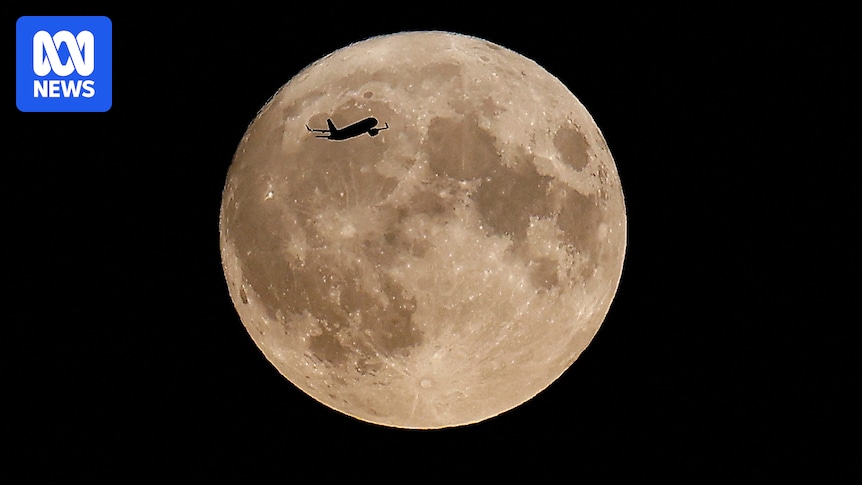
This evening, a remarkable celestial event will grace the skies as a supermoon rises above the eastern horizon. Known as the “Beaver Moon,” this particular full moon will be the closest supermoon of the year, offering a unique spectacle for skywatchers across the globe.
While the difference from other full moons may not be striking to the naked eye, those keen on astronomy can enhance their viewing experience by choosing the optimal time and vantage point. The best time to witness this supermoon is just as it rises above the horizon, which coincides with sunset in various regions.
Timing and Viewing Tips
The supermoon will rise in the east, and viewers are advised to position themselves with their backs to the setting sun. A clear view of the horizon, free from cloud cover, will provide the best opportunity to observe this phenomenon.
Capital City Sunset Times
- Adelaide: 7:48pm ACDT
- Brisbane: 6:08pm AEST
- Canberra: 7:36pm AEDT
- Darwin: 6:48pm ACST
- Hobart: 7:58pm AEDT
- Melbourne: 7:57pm AEDT
- Perth: 6:44pm AWST
- Sydney: 7:26pm AEDT
Understanding the Supermoon
A supermoon occurs when the full moon is closer to Earth than usual due to its elliptical orbit. At its closest point, known as perigee, the moon appears slightly larger and brighter. This month’s supermoon will come within approximately 356,980 kilometers of Earth, according to data from the late astrophysicist Fred Espenak’s website, Astropixels.
Size and Brightness
Despite common misconceptions, the moon’s actual size does not change during a supermoon. However, it appears about 14% bigger and 30% brighter than when it is at its furthest point, known as apogee, or during a “micromoon.” This increased brightness makes the supermoon a captivating sight, even if the size difference is subtle.
Photographing the Supermoon
For those interested in capturing the supermoon, the timing of its rise offers an advantage. With residual daylight, cameras face less contrast, making it easier to photograph. Experts from NASA suggest turning off the flash and focusing on the moon by tapping it on your screen. Adjusting settings like ISO and aperture can also enhance image quality.
“Turn off the flash, and focus your camera on the Moon instead of the sky, usually by touching it on your screen. To avoid a blown-out, fuzzy, white image, lower the brightness. You want the Moon to look grey rather than white.” – NASA
The Origin of the ‘Beaver Moon’
The term “Beaver Moon” is a traditional nickname for the November full moon, reflecting practices and observations from the northern hemisphere. According to the UK’s Royal Museums Greenwich, the name may originate from Native American practices of setting beaver traps or from beavers’ busy dam-building activities in preparation for winter.
These lunar names, often cited by The Old Farmer’s Almanac, have sparked debate among experts. University of Southern Queensland astronomer Jonti Horner has criticized the almanac’s interpretations, suggesting they oversimplify traditional beliefs.
Looking Ahead: Future Supermoons
This November supermoon is the second of the year, following one in October. Another is expected on December 4, with a subsequent occurrence on January 3. Typically, three to four supermoons occur annually, as explained by British Natural Museum planetary science researcher Sara Russell.
“During a supermoon, the Moon is at a stage where it’s closest to Earth. This will typically last for two to five full Moons, so that’s why there are multiple supermoons in a row.” – Sara Russell
As the moon continues its celestial dance, enthusiasts and casual observers alike can look forward to these natural wonders, which offer both a scientific marvel and a moment of reflection on the universe’s vastness.







